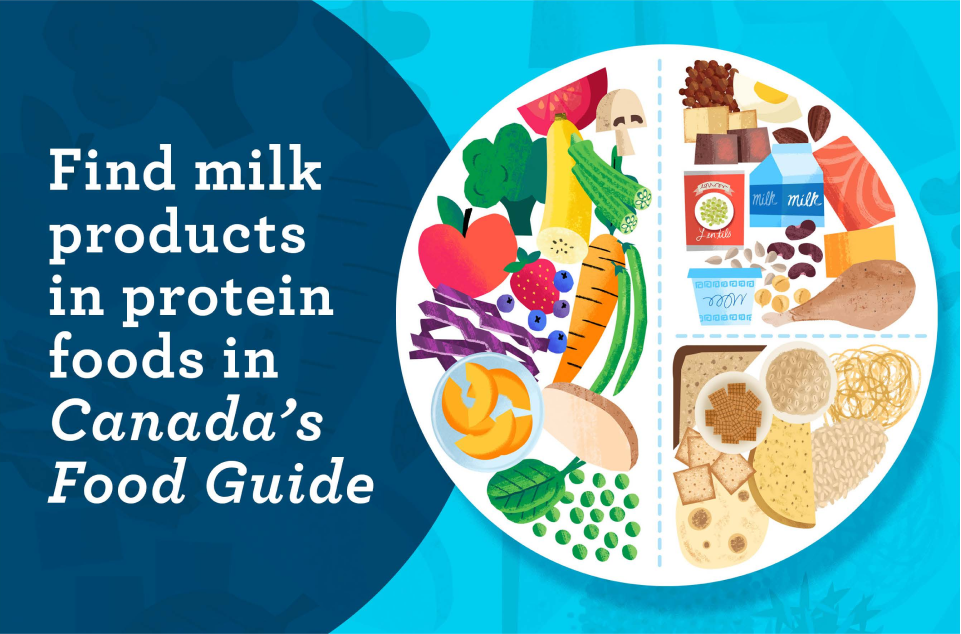Has dairy been removed from Canada’s Food Guide? Is milk still considered healthy? Should my students drink milk? We answer all your questions in this post.
|
Since the release of the 2019 Canada’s Food Guide our team of Registered Dietitians has received many questions about whether milk is still part of the guide. Families, caregivers, and teachers want to do what’s best for children and youth when it comes to nutrition. Our team has the same goal and we’re here to help you understand the Food Guide.
Where did milk go? Milk is still part of the Food Guide! You will find milk, cheese, and yogurt in the protein foods category alongside other protein foods such as beans, meat, and fish.
Is milk still considered a healthy drink choice? The new Food Guide Snapshot shows a glass of water and recommends water as the drink of choice. This message was created to encourage everyone to drink water instead of sugar-sweetened beverages throughout the day. In addition to water, the Food Guide continues to recommend milk as a healthy drink choice at meals and snacks.
Should my students drink milk? For children and youth, especially those in their peak bone-building years, milk offers important nutrients for growth and development, such as protein, calcium, and vitamin D. While these nutrients are found in other foods, dairy products can be practical and affordable options that fit into familiar food traditions and are enjoyed for their taste.
Is milk only in the Food Guide for bone health? Canada’s Food Guide is informed by Canada’s Dietary Guidelines for Health Professionals and Policy Makers. These guidelines, and therefore the Food Guide, draw on principles from Mediterranean-style and DASH (Dietary Approaches to Stop Hypertension) diets. These eating patterns were chosen as models because of longstanding research demonstrating their value for heart health; both include milk products for their calcium, magnesium, and potassium. In addition to its role in bone-building and as an excellent source of high-quality protein, research shows that including whole dairy foods, especially milk and yogurt, in a diet with plenty of vegetables and fruits throughout the day helps reduce blood pressure.
How can I teach my students about Canada’s Food Guide? Start by encouraging respectful conversations when talking about food. Then, help students explore a variety of foods from Canada’s Food Guide, including milk, through developmentally appropriate activities.
|
|


